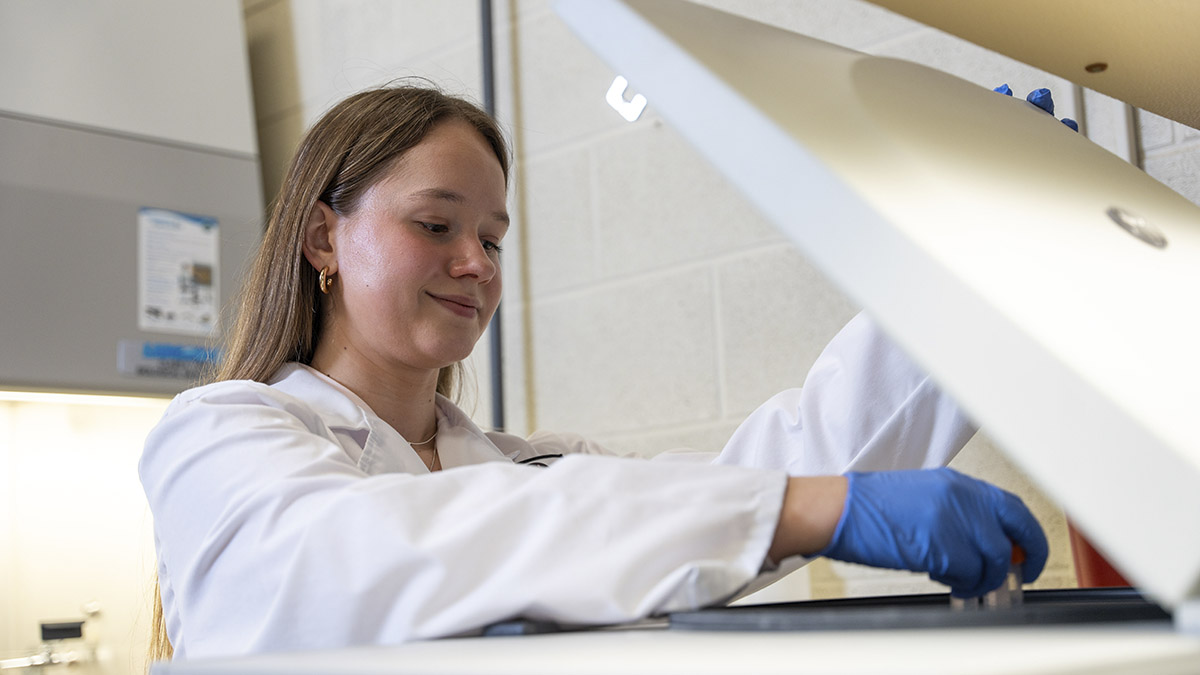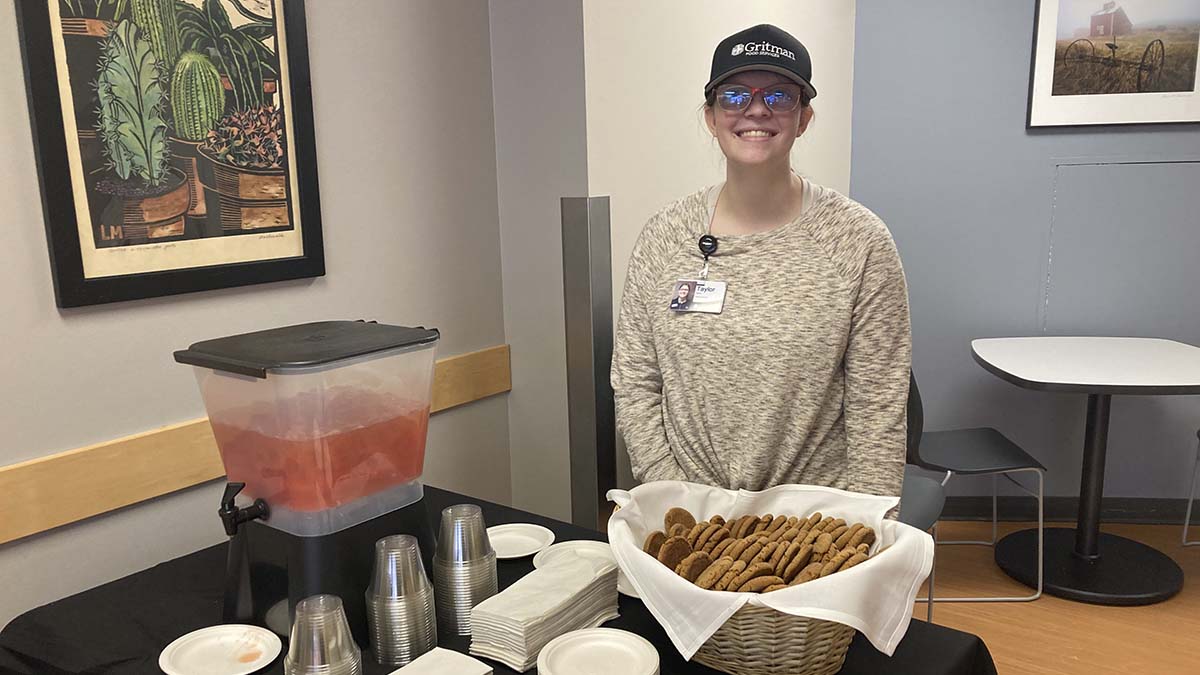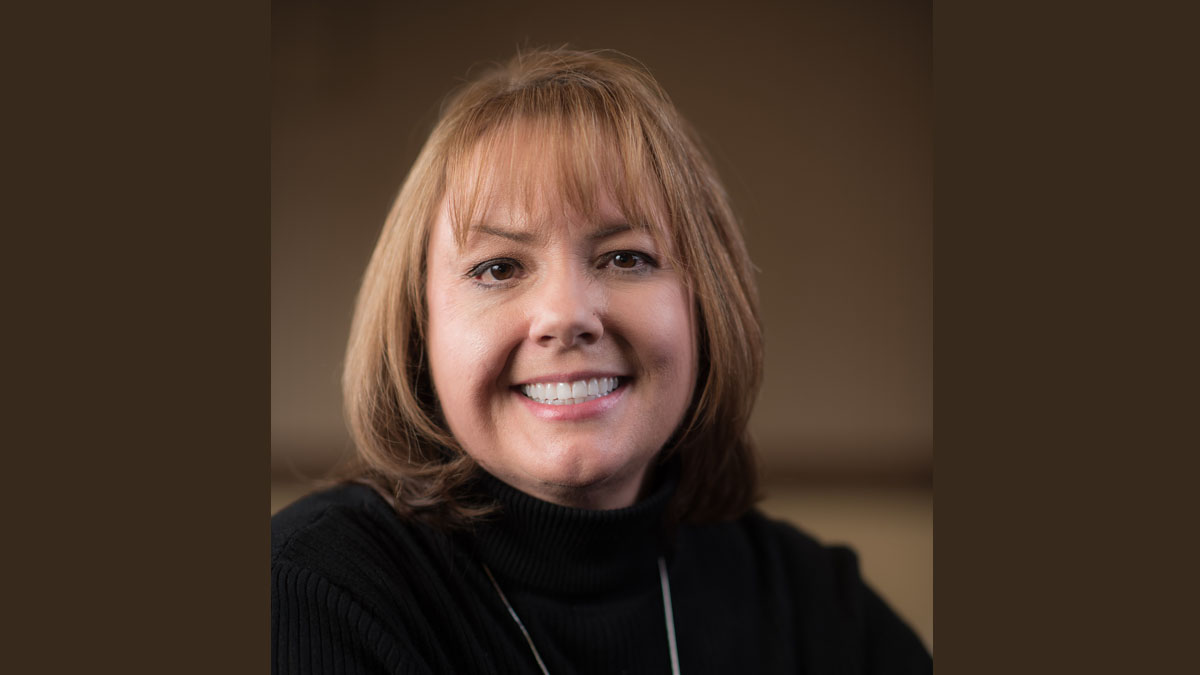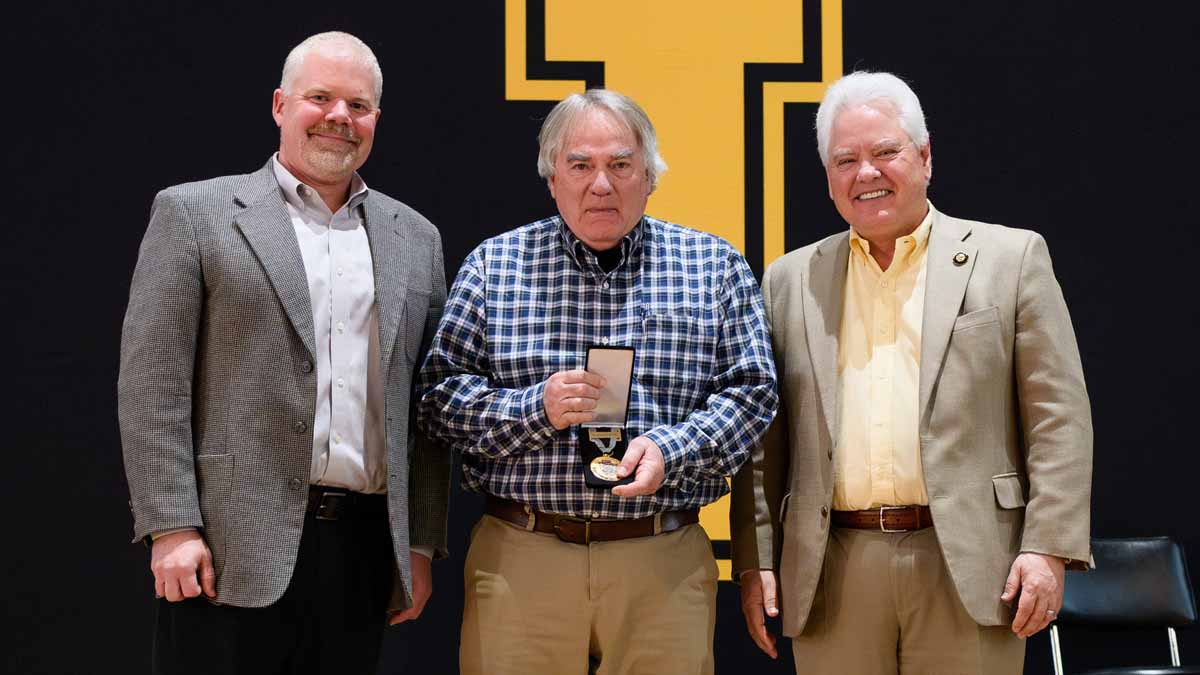Catching Up with CALS — May 14, 2025
Dean's Message — Grain and Gain
This spring will mark the first large-scale commercial planting of UI Gold, which is an extremely high-yielding hard white spring wheat cultivar with excellent baking qualities that our wheat breeding program released in 2022. UI Warrior, a soft white spring wheat cultivar released in 2024 and licensed to Ririe Grain and Feed Co-op, should be a popular, high-yielding option among Idaho growers in a couple of years. Looking further ahead, Jianli Chen, the university’s Blaine Jacobson endowed professor of wheat breeding, based at the U of I Aberdeen Research and Extension Center, has prioritized incorporating resistance to a destructive pest, Hessian fly, and a damaging fungal disease, fusarium head blight, into her top cultivars. Chen also focuses on nutritional aspects in her breeding such as specific starch traits shown to confer health benefits including improved insulin sensitivity. For Idaho wheat farmers, varieties released through the U of I pipeline equate to improved profitability through better yields, reduced inputs and fewer losses from pests and diseases. The university, in turn, benefits from the opportunity for faculty and students to do meaningful work, as well as from royalties generated through sales of our varieties and reinvested into our research programs. Royalty funding, for example, has covered the renovation of campus-based greenhouses used for cereal research. Our wheat breeding program is but one of the many examples of a thriving, mutually beneficial partnership between the College of Agricultural and Life Sciences and our state’s grain producers. “I have worked with the grain industry very closely,” Chen said. “Anything they need I will immediately incorporate into my breeding program.”
Cereal production is crucial to Idaho’s economy. Idaho is the No. 1 barley producing state, with cash receipts from the crop totaling $398 million in 2024, according to “The Financial Conditions of Idaho Agriculture,” published by UI Extension agricultural economists Brett Wilder and Rita Du. Wheat is also among Idaho’s top commodities, bringing in $564 million in annual cash receipts, according to the report. Since the Idaho Wheat Commission’s inception, the organization has contributed about $18.7 million toward CALS faculty endowments and grants, and that support will be crucial moving forward, as the college faces an uncertain budgetary outlook. The IWC has endowed three CALS positions — Chen’s endowment, the Potlatch Joe Anderson wheat agronomy endowed professorship held by Juliet Marshall and the Bill Flory endowed chair in commodity risk management held by Xiaoli Etienne. We also have the Idaho Barley Commission’s endowed barley agronomy professorship held by Jared Spackman. These endowments have provided a visible and positive return on the growers’ investments. Marshall is quick to sound the alarm when pests and diseases — such as cereal cyst nematode, fusarium head blight and dwarf bunt — surface in the state. She also advises growers on when to spray pesticides, which varieties to use or avoid in the face of specific threats and the importance of diverse crop rotations. She works closely with Jim Peterson, a former wheat breeder with Limagrain Cereal Seeds and Oregon State University who now serves as an IWC research consultant. Peterson’s experience has assisted the breeding research through his understanding of varietal traits, end-use qualities and minimum specifications demanded by industry. Etienne is tasked with identifying core risks in the agricultural and energy sectors and offering solutions to address these risks. I’ve participated in these tours (recently led by Etienne) spanning from the Snake River dams at the Port of Lewiston to export terminals and the Wheat Marketing Center in Portland, Oregon. The intent of the tours is to give our students (and faculty/administration) a real-world glimpse of Idaho’s grain industry and the logistics of how grain is shipped. Spackman’s research focuses on sustainable irrigated and dryland barley production strategies with emphasis on soil nutrient management for yield, end-use quality, plant health and soil and water quality.
During my time as Dean, CALS has made some extraordinary investments to build and grow programs benefiting cereal production and Idaho agriculture in general. On May 29, we will celebrate the soft opening of the Deep Soil Ecotron — a facility that will enable us to study soils at greater depths than anywhere else in the world, helping farmers better understand the connection between crop and soil health. In the fall of 2023, we opened the 9,600-square-foot Idaho Center for Plant and Soil Health in Parma, which contains laboratory space for research in nematology, pomology, plant pathology, microbiology and hops quality. The facility promises to advance crop science and technology and help farmers adapt to a changing world. The Rupert-based Idaho Center for Agriculture, Food and the Environment, which will include the largest research dairy in the U.S., will have an adjacent demonstration farm, where researchers will study connections between plant and animal agriculture. We’ve also added the Sandpoint Organic Agriculture Center, where we conduct research into organic food production, into our portfolio, and we’re nearing completion of the Meat Science and Innovation Center Honoring Ron Richard, which will be a 12,750-square-foot abattoir serving the important livestock industry.
As my retirement in June draws nearer, I know CALS is a college on the rise. In addition to adding impressive new facilities, we’ve recruited our top four freshman classes during the past four years, and niche.com recognized CALS as the 13th best college of agricultural science in the U.S. in its 2025 rankings. CALS also played a large role in helping U of I become an R1 Research Institution under the Carnegie Foundation’s 2025 rankings, recognizing “very high research spending and doctorate production.” It’s clear to me that agriculture is the engine driving our economy, and grain is a core component of our agriculture sector. Together, we can grow Idaho’s economy, ensure food security for Idahoans and keep our state’s crop production economically and environmentally sustainable for generations to come.

Michael P. Parrella
Dean
College of Agricultural and Life Sciences
Our Stories
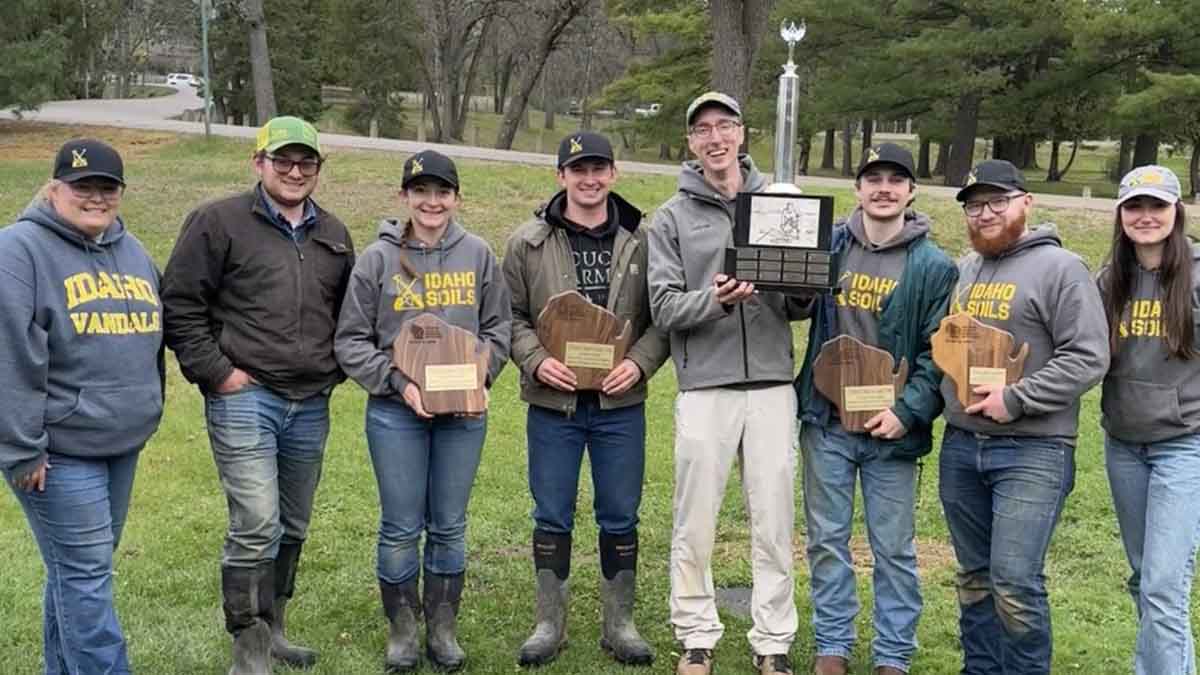
U of I Wins National Soil Judging Championship
University of Idaho placed first overall during the 2025 National Collegiate Soil Judging Contest, hosted from April 27 through May 2 in Stevens Point, Wisconsin.
The contest included 27 teams, and U of I was the sole team with multiple students placing among the top 10 individuals out of 198 participants — Sky Reinhardt, a junior agricultural systems management major from Bonners Ferry, placed fifth, and Jacob Flick, a senior mechanical engineering major from Gooding, placed eighth. Furthermore, Tegan Macy, a junior crop science major from Culver, Oregon, placed 25th.
The U of I has participated in soil judging dating back to the 1980s but had never previously placed in the top five of the competition. U of I’s previous best performances came in 2024, when the team finished sixth, and in 2023, when the team finished seventh. U of I is also the first team from the Northwest region to win the competition.
U of I’s team of six judges was the smallest team to win the national championship since West Virginia University in 2016. U of I scored 2,819 points in victory. University of Delaware, which scored 2,749 points, and University of Maryland, which scored 2,721 points, rounded out the top three teams.
The competition involves assessing soil pits, both as a team and individually. Competitors must evaluate the soil based on texture, color, structure, wetness indicators and other properties. They must identify hydrologic, geologic and agronomic properties. They must also assign a taxonomic classification of the soil and interpret practical uses for the soil such as home construction, septic tank drainage and road construction. Potato growing suitability was a new feature in the recent contest to recognize Wisconsin’s potato industry and was an addition the Vandals found to their advantage. Participants are given an hour to complete their assessments.
Other U of I team members who participated in the national competition included Tobee Holman, a senior in agricultural systems management from Rigby; Logan Mann, a junior soil science and chemistry double major from Littleton, Colorado; Daniel Middelhoven, a sophomore crop management major from Kuna; and Hannah Poland, a senior agricultural economics major from East Wenatchee, Washington.
The team is coached by Paul Tietz, a soil and land resources doctoral student originally from Waunakee, Wisconsin, and MaryBeth Gavin, a soil and land resources master’s student originally from Jacksonville, North Carolina. Robert Heinse, head of the Department of Soil and Water Systems, is the advisor.
Donations from several corporate supporters and individuals have helped the team cover travel costs.
Looking ahead, U of I will return five judges next year, as the team will compete in Grand Junction, Colorado seeking their fourth consecutive regional title. North Carolina State University in Raleigh, North Carolina, will host the 2026 National Collegiate Soil Judging Contest. The winners of the 2026 national contest will advance to the World Congress of Soil Science International Soil Judging Contest, which takes place every four years and will be held in June 2026 in Nanjing, China.
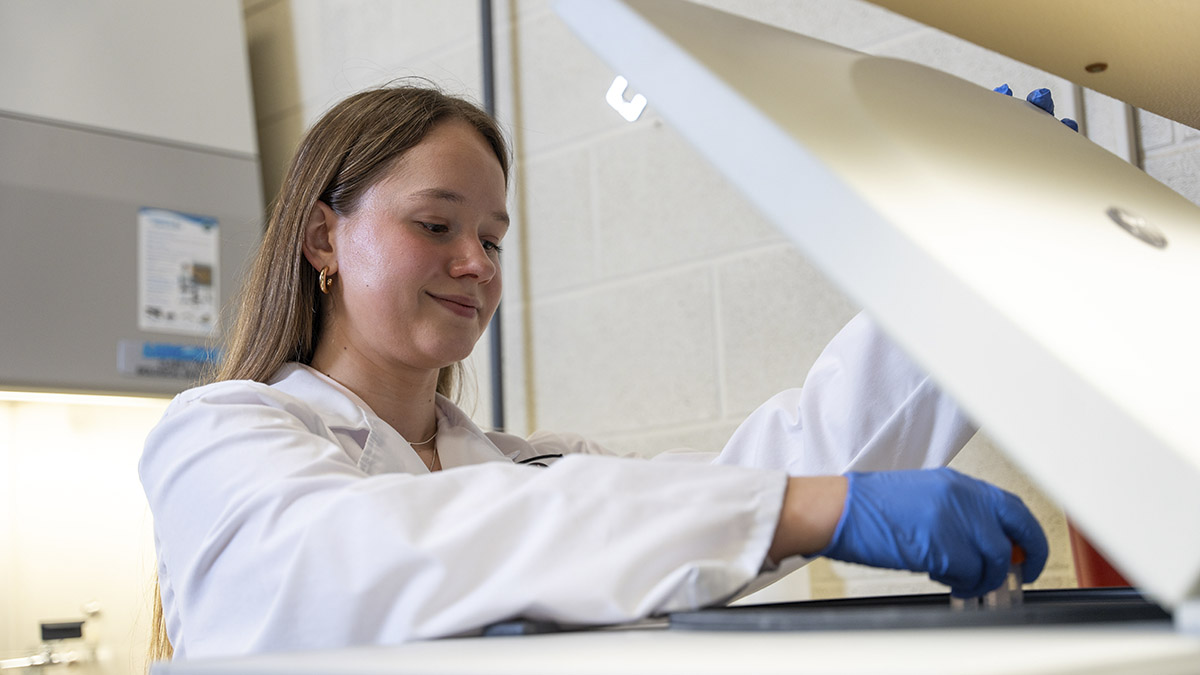
U of I Grad Takes Passion for Swine to the Next Level
Traveling on the road with equipment and tack to show swine was a regular occurrence for Alexis Biasotti growing up in Healdsburg, California. Coming from an agricultural background, Biasotti knew she wanted to stay rooted in her upbringing while expanding her knowledge of agriculture and animal sciences. She began searching all over the Pacific Northwest for schools, asking every school she visited if they had swine on campus and everywhere she looked, there was a dead end.
Biasotti finally landed at University of Idaho after a campus visit introduced her to the swine research opportunities on campus. She got involved early on in her undergrad with the Milk for Infant, Mind and Immunity Lab (MIMI) and Piglet Intervention Center (PInC), expanding on her love for research and swine. Biasotti graduates in May with a degree in animal and veterinary science: pre-vet option and plans to continue her love for research and pigs.
“I’ve always been really involved with pigs growing up and I felt like I had all this knowledge, and I didn’t want to throw it away,” she said. “I came out to U of I for a summer visit after finding out they had pigs and fell in love with the lab.”
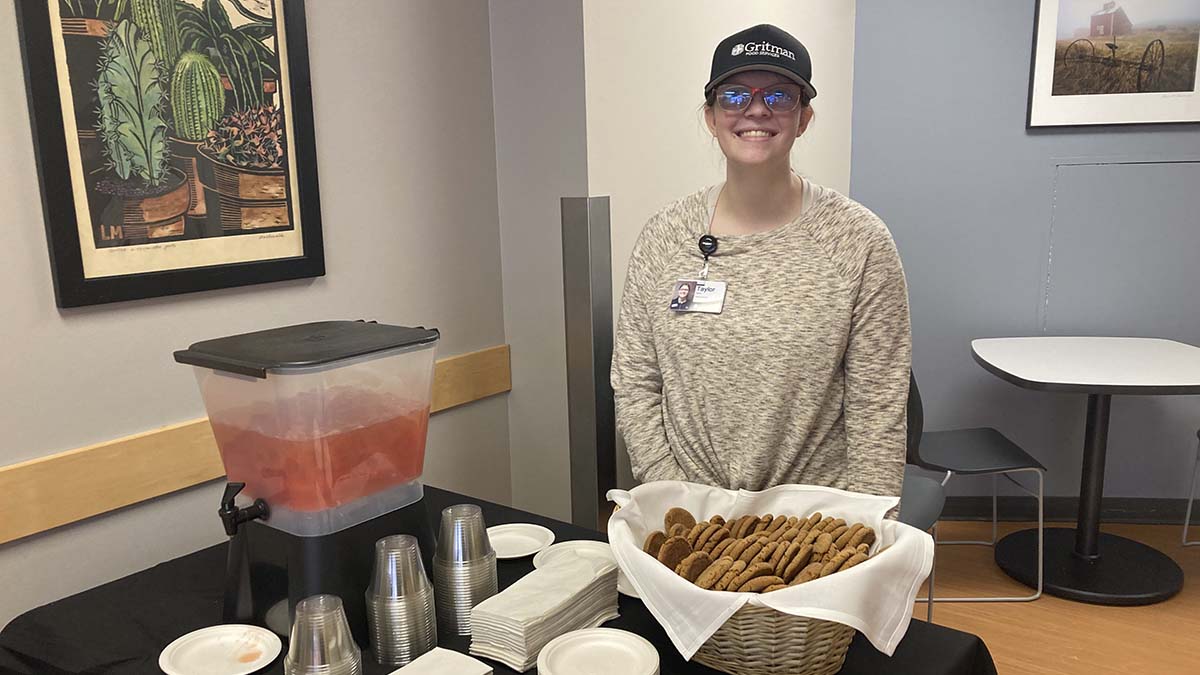
Medical Side of Food
In addition to preparing food and planning meals, Taylor Begin screened hospital patients, diagnosed nutrition-related ailments and suggested health interventions as an intern with Gritman Medical Center in Moscow.
In May, Begin, of La Grande, Oregon, received a master’s degree in dietetics through University of Idaho’s Margaret Ritchie School of Family and Consumer Sciences. Students in the two-year program must complete 1,000 hours of supervised experiential learning in the dietetics industry.
The school awarded its first master’s degrees in dietetics in 2023. Though U of I had offered a bachelor’s in dietetics since 1978, it switched to a graduate program once the industry chose to make having a master’s a minimum requirement for entry-level jobs.
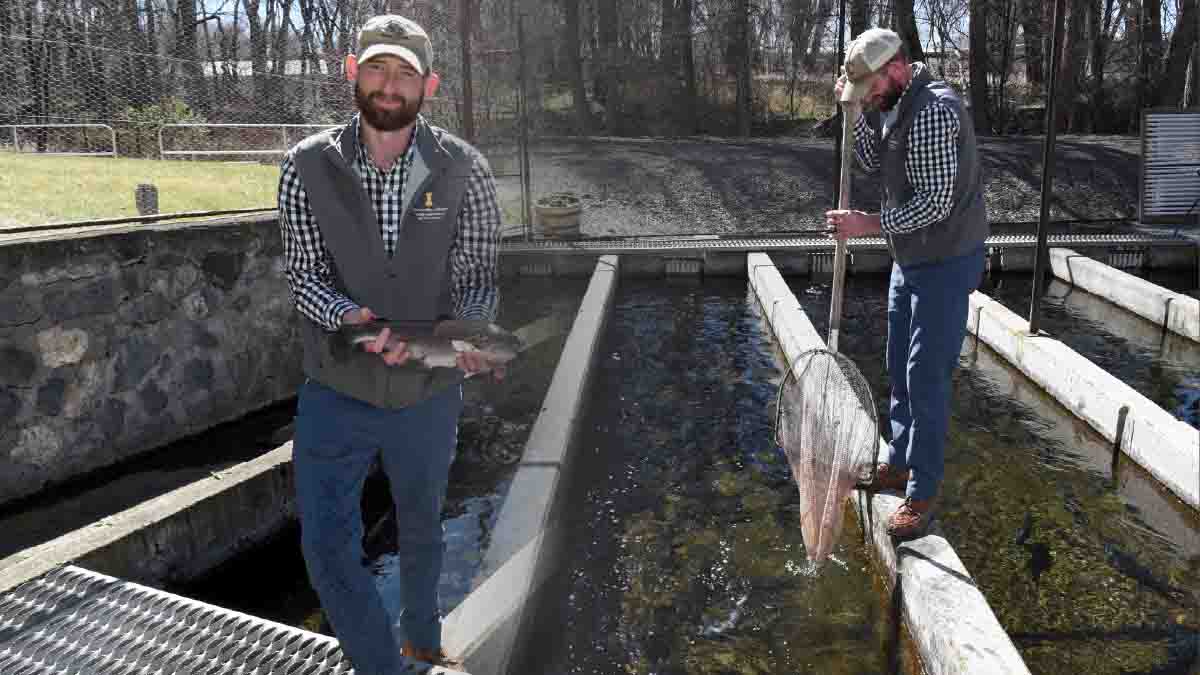
Trout Markers Discovered
The University of Idaho’s Aquaculture Research Institute and U.S. Department of Agriculture collaborative aquaculture research program has made a genetic discovery that should help rainbow trout farmers cut costs and operate more sustainably while producing a healthier product.
The journal Aquaculture Reports has posted the research team’s paper, “Potential Physiological Mechanisms Behind Variation in Rainbow Trout (Oncorhynchus Mykiss) to Biosynthesize EPA and DHA When Reared on Plant Oil Replacement Feeds,” online and will include the study in its April 15 print edition.
The team identified the genetic markers and processes associated with rainbow trout capable of storing high levels of healthy omega 3 fatty acids in their fillets while being fed a plant-based diet. Omega 3s have anti-inflammatory effects, and separate U of I research has shown that consumption of omega 3-rich trout fillets can improve children’s cognitive and emotional well-being.
Idaho’s Magic Valley is the nation’s No. 1 production region for farm-raised rainbow trout. Trout farms have traditionally raised fish on diets heavy in omega 3 fatty acids from fish meal and fish oil, which is costly and depletes the oceans of marine life. Feeds based on crop ingredients such as soy protein and canola oil can be produced renewably and at a far lower cost, but most trout are inefficient at producing omega 3s from plant-based feed.
“It gives producers the option to use a different strain of trout that can reduce their input costs while producing a very high-quality fish that might offer even better nutritional resources,” said Jacob Bledsoe, a U of I assistant professor and Extension specialist of aquaculture research who was among the study’s authors.
The team’s conclusions about the markers are corroborated by the favorable results of more than five generations of genetic selections in their trout-breeding program, based at the university’s Hagerman Fish Culture Experiment Station. The researchers have developed rainbow trout capable of accumulating omega 3s from plant-based feed at even greater levels than from a marine-based diet. Their genetics are already being incorporated by the region’s commercial trout farms.
“We wanted to see generational gain in that trait, and we’re confident now that we’ve been able to improve that trait over several generations so we can be confident our findings are valid,” Bledsoe said.
The most important markers they studied are associated with a trout’s level of fatty acid binding proteins, which bind onto lipids and traffic them to a fish’s liver, where they can be efficiently metabolized.
“We identified specific markers within the lipid pathway that could be important, and fatty acid binding protein was the predominant one,” Bledsoe said. “We were able to show that a fish’s level of fatty acid binding protein correlates tightly with the ability to deposit omega 3s. Genetically speaking, there’s a lot in the genome that controls the expression of fatty acid binding protein.”
Bledsoe believes the team’s research will improve aquaculture’s overall understanding of lipid pathways in fish and will be applied to the selective breeding of other aquatic species.
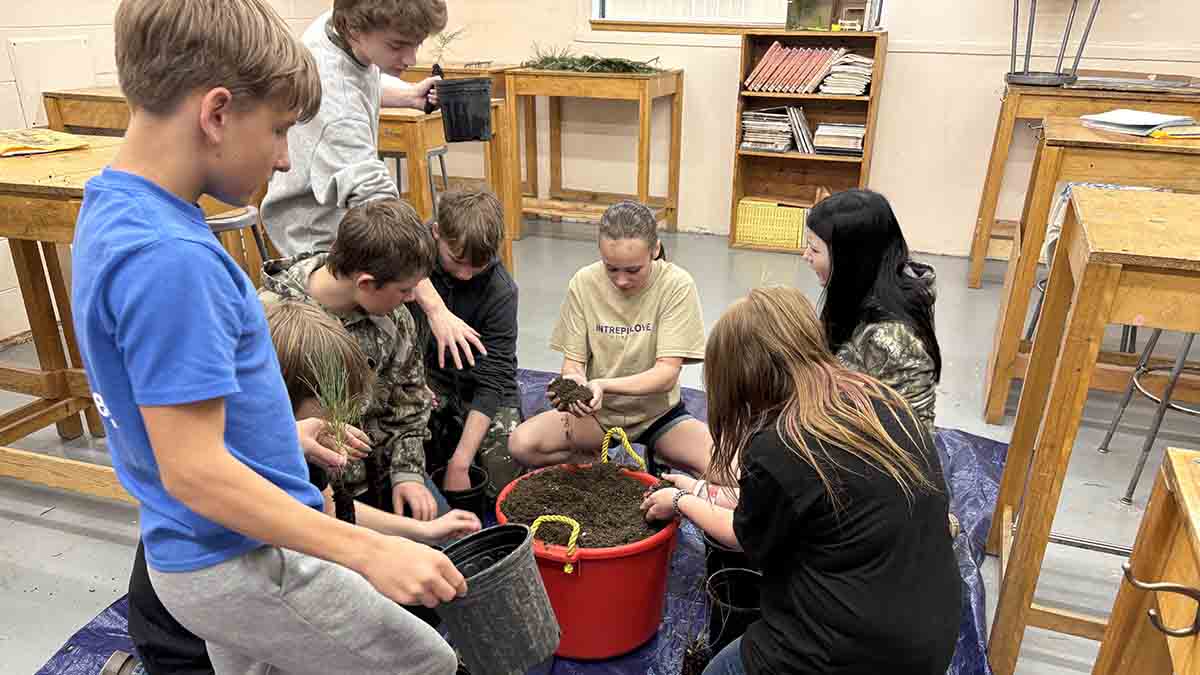
Extension Teaching in Middle School
St. Maries Middle School Principal Victoria Carson worried students would lose opportunities to explore potential careers and channel their creativity when her shop program and several popular electives were cut due to budgetary constraints.
Fortunately, University of Idaho Extension has helped fill the programming void — launching a one-credit elective course in early 2025 offered during three class periods each school day.
Parents and School Board members in the small, northern Idaho logging community couldn’t be happier with the new, Extension-run Engineering, Agriculture, Range-forestry, Technology and Horticulture program (EARTH). Structuring EARTH as an elective course is a pioneering approach as most youth-tailored Extension programs are taught after school or during the summer, independent of school districts.
“We’re putting materials in front of kids that they would never be exposed to otherwise,” Carson said. “Our parents are really excited that their kids have this unique experience.”
Though the school doesn’t currently offer an official gifted and talented program, 28 high-performing youth were chosen to help pilot EARTH. Both the school and UI Extension hope to make EARTH available to the broader student body in the future.
“Our gifted and talented kids have been given an opportunity to extend their learning,” Carson said. “They’re performing above their peers and needed an opportunity to be challenged.”
EARTH was created by two first-year UI Extension employees serving Benewah County — Madison Sotin, the county’s UI Extension 4-H Youth Development program coordinator, and Lauren King, an Extension educator who specializes in agriculture, natural resources and 4-H. Sotin, King and Mary Jo O’Riley, who works for Extension with funding from the AmeriCorps program, take turns teaching EARTH classes, working together during some of the most intensive lessons.
Sotin had prior teaching experience from three summers spent working as an AmeriCorps STEM youth instructor. King had coached youth sports, served as a summer camp counselor and taught youth tour groups while working at the U of I Pitkin Forest Nursery in Moscow. Furthermore, King’s status as an associate professor reassured School Board members that qualified teachers would oversee EARTH.
“The principal and the School Board asked us, ‘Who else is doing this?’ and we were like, ‘Nobody,’” King said. “The other super unique thing is Madison and I are both new. I think we’ve made an impact on the community, we’ve shown what we’re capable of, and they’re excited to see more from us.”
The class emphasizes hands-on learning. A group of students appeared before their School Board to present the model bridges they designed and constructed during the EARTH engineering section. For another lesson, classes made miniature habitats from cardboard and art supplies depicting scenes of post-wildfire landscape recoveries. An especially popular project involved positioning matchsticks on a platform to mimic a forest, with some matchsticks spaced close together and others far apart. The students got to ignite their mock forests outdoors, demonstrating the fire risk posed by forest overgrowth.
To supplement their lessons, the Extension instructors sometimes recruit other Extension team members and professionals from the community to serve as guest lecturers. For example, Jessie Van Buren, an Extension educator based in Latah County, brought a realistic, foam beef carcass to the classroom, demonstrating how to break it down into individual cuts of meat. Tami Goetz, a 4-H area Extension educator, spoke to the class about leave-no-trace principles when recreating in the outdoors.
“I think this class is way different than all of the other ones because you actually get to do things and build things,” said a student in the EARTH program who plans to become a marine biologist. “I look forward to this class every day. It’s helped me to learn about environments and ecosystems.”
The impetus for EARTH came when the UI Extension office no longer had access to a small building it had used as a 4-H STEM center at the conclusion of a donated lease. Sotin approached Carson, who is a family friend, about the possibility of housing equipment and supplies from the STEM center in the middle school’s former shop room, suggesting it could be used for an after-school learning program offered every other day. Carson had a grander vision, encouraging them to use the equipment for teaching multiple sessions of a STEM-based class during school hours.
“We said, ‘OK then, let’s go be middle-school teachers,’” Sotin said. “It’s honestly gone much better than I thought. We have a really solid group of kids who have gotten super interested in it. They tell us time and time again that we’re their favorite class, which has given us an appreciation that we’re doing the right thing.”
Sotin and King will investigate options for hiring a full-time EARTH teacher prior to next fall, which would allow them to remain active in the program while freeing time for them to invest in their other Extension duties.
EARTH is offered on a pass-fail basis. Sotin and King will distribute surveys near the end of the school year to guide program improvements. They’ll also have students retake a test they assigned at the start of the class covering the subject matter to demonstrate their progress. They’ll submit additional data to school administrators assessing students’ level of participation in the class, respectfulness and completeness of their projects.
Faces and Places
Joey Peutz has been appointed acting director for the southern district of UI Extension for six months or until a district director is appointed. Peutz brings 26 years of experience with UI Extension and previous experience as a family and consumer sciences high school teacher.
Scott Minnich was elevated to the rank of University Distinguished Professor at the University Awards for Excellence event in April. Minnich is a professor of microbiology in the Department of Animal, Veterinary and Food Sciences and a program director/associate director of the Idaho INBRE Program. Minnich joins Sanford Eigenbrode, Mark McGuire, Carolyn Bohach and Alex Karasev as CALS university distinguished professors.
AVFS post-doctoral fellow Temitayo Olagunju received the Outstanding Post-Doctoral Fellow Award from the University of Idaho. Olagunju is part of Professor Brenda Murdoch's livestock genetics and phenotypic trait research laboratory where he works on the Ruminant T2T Consortium aimed at providing high-quality genomes for biological knowledge discovery.
Department of Soil and Water Systems doctorate student Kameron Richardson has received a 2025 Tribal Agriculture Fellowship. The Tribal Agriculture Fellowship is committed to empowering Native American students pursuing degrees in agriculture. Richardson is studying environmental science under the guidance of SWS Professor Michael Strickland. His research focuses on soil microbial ecology, investigating how different farm management practices impact the soil microbial community and functioning of the agroecosystem.
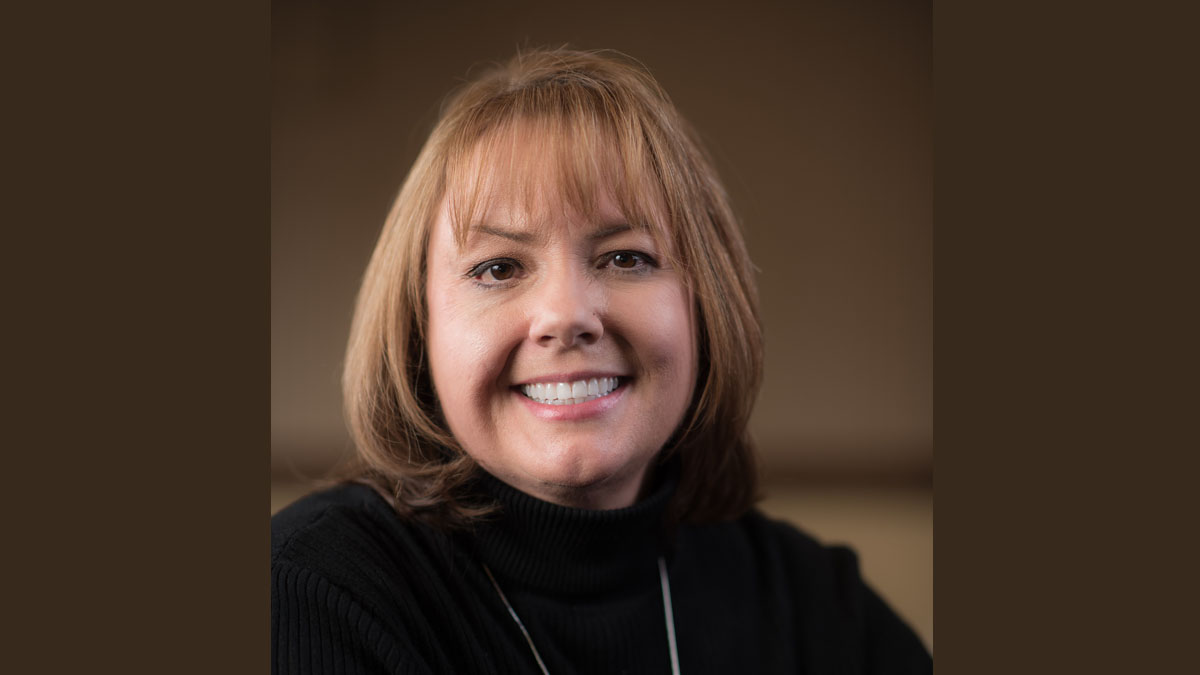
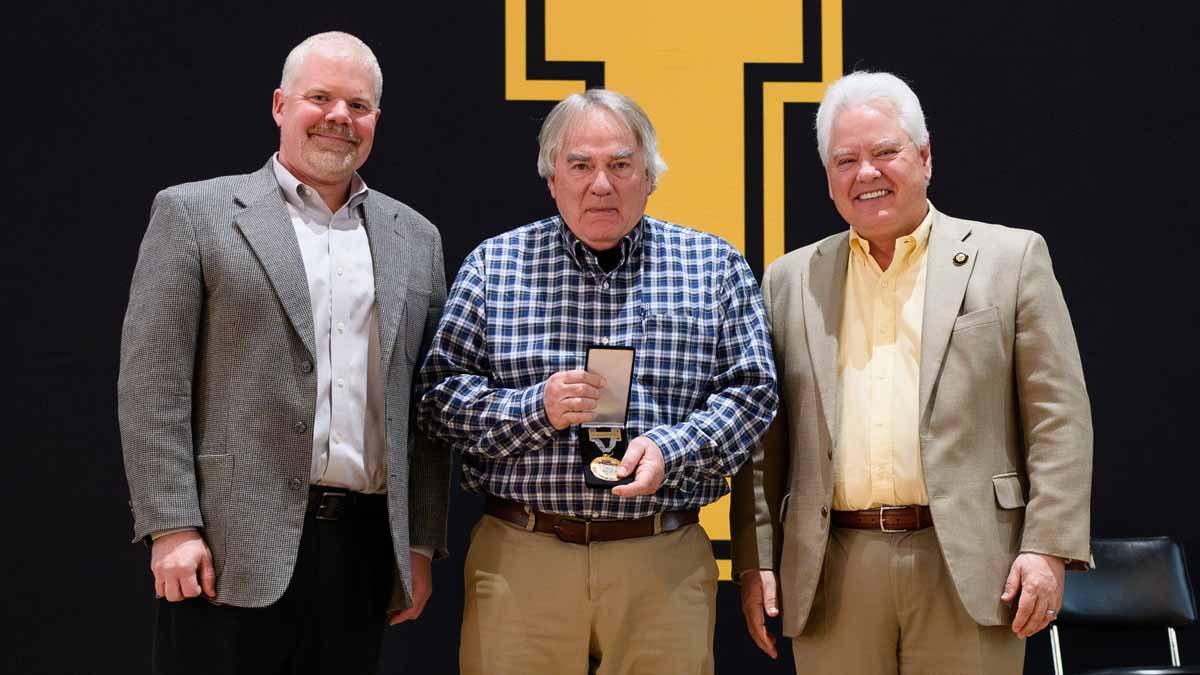
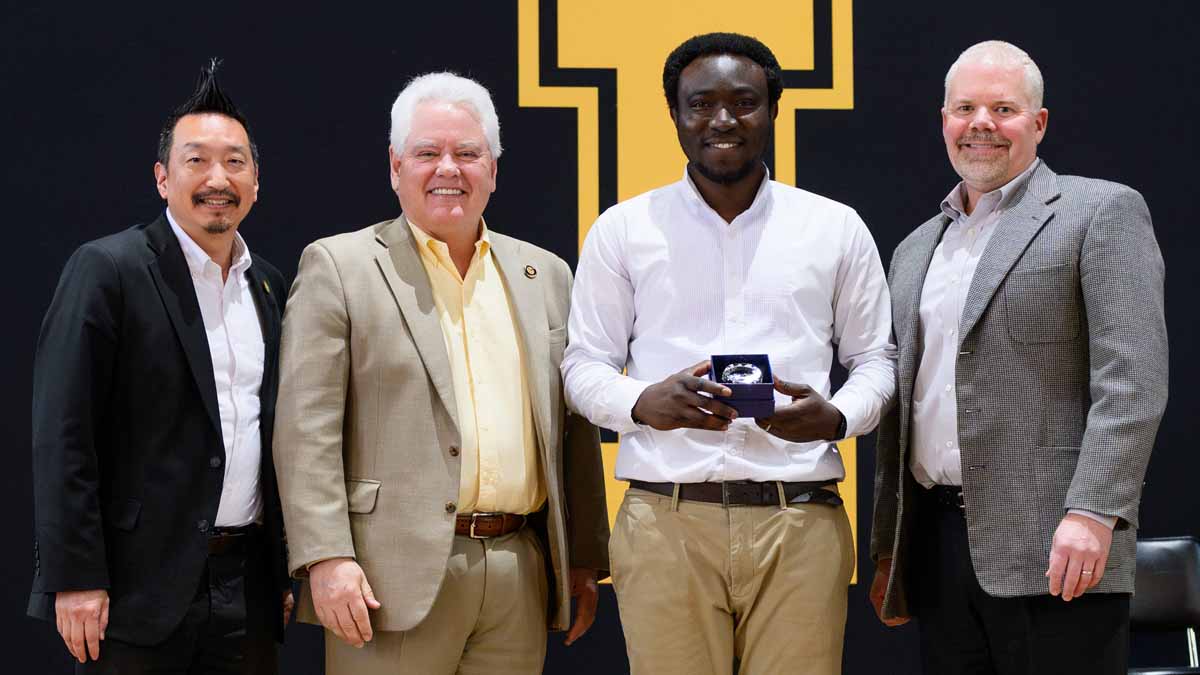
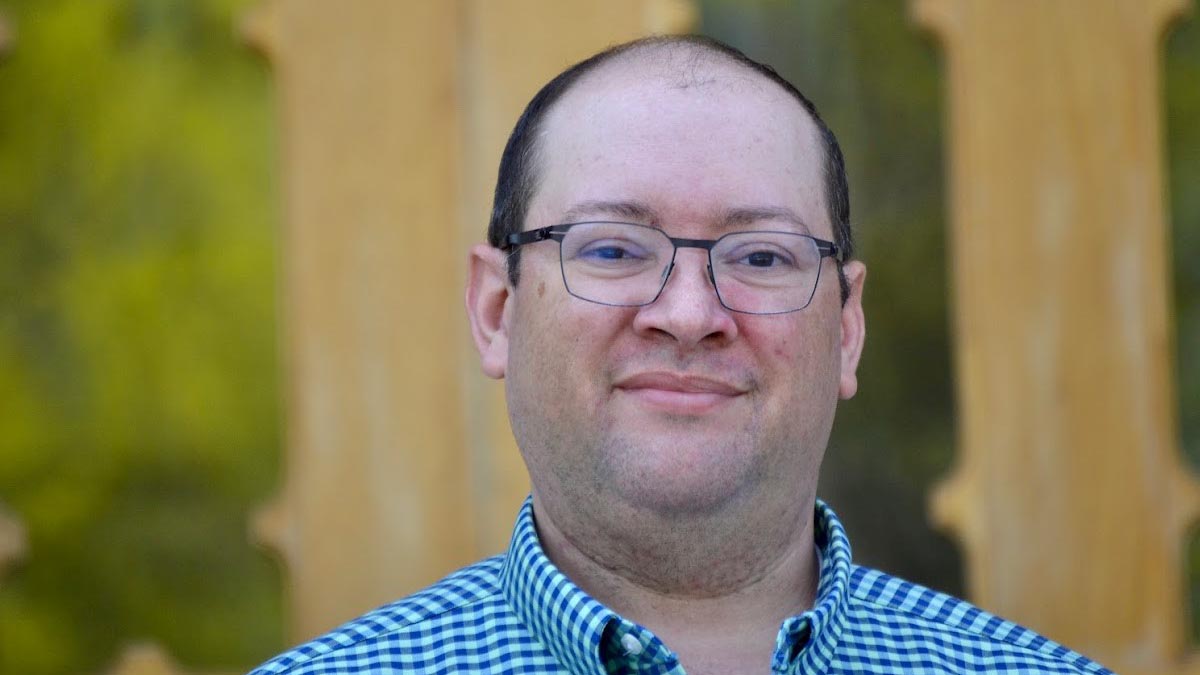
CALS in the News
- April 29 | KTVB | Inside ag: These rainbow trout thrive on a plant based diet
- May 2 | Land & Livestock Report | Don't miss out! Register now for the 2025 Lamb Summit
- May 2 | Intermountain Farm & Ranch | U of I entomologist confirms Treasure Valley urban pest is new to Idaho
- May 2 | Intermountain Farm & Ranch | U of I undergraduate presents research on damaging potato pest
- May 2 | Intermountain Farm & Ranch | In the garden: Did your fruit blossoms freeze?
- May 5 | Idaho Press | University of Idaho entomologist confirms Treasure Valley urban pest is new to Idaho
- May 5 | KTVB | University of Idaho entomologist confirms Treasure Valley urban pest is new to Idaho
- May 6 | Environmental News Bits | Researchers coin ‘thirstwaves’ as new term for prolonged periods of atmospheric thirst
- May 7 | St. Maries Gazette Record | U of I Extension offers unique elective class
- May 7 | Idaho County Free Press | May 9 pasture management workshop offers tools for landowners
- May 8 | Twin Falls Times-News | Raising healthy fish: U of I, USDA team identifies trout genes
- May 8 | Twin Falls Times-News | U of I testing drone for reseeding after wildfire
- May 8 | Coeur d‘Alene Press | Restoration workshop in Sandpoint
- May 8 | Clearwater Tribune | 62nd year of the sixth grade forestry tour
- May 8 | Idaho Farm Bureau Federation | U of I wins national soil judging contest
- May 9 | Intermountain Farm & Ranch | U of I rangeland research in Malad extends grazing to control annual grasses
- May 10 | Idaho Statesman | Invasive beetle larvae pest discovered in Boise-area home
Events
- May 15 — Jerky Making 101, Online
- May 20 — Ag Talk Tuesday, Online
- May 28 — Navigating Food Safety Certifications for Enhanced Product Value and Marketability workshop, Online
- May 29 — Deep Soil Ecotron Sneak Peek, Moscow
- May 29 — Green Thumb Academy Online Gardening Class, Online
- June 2 — Certified Remote Work Professional Course, Online
- June 20 — Dean Parrella Retirement Celebration, Moscow
- June 23-27 — FCS Base Camp, Moscow
- June 24 — Snake River Weed Management Tour, Aberdeen Research and Extension Center
- June 25 — Snake River Weed Management Tour, Kimberly Research and Extension Center








